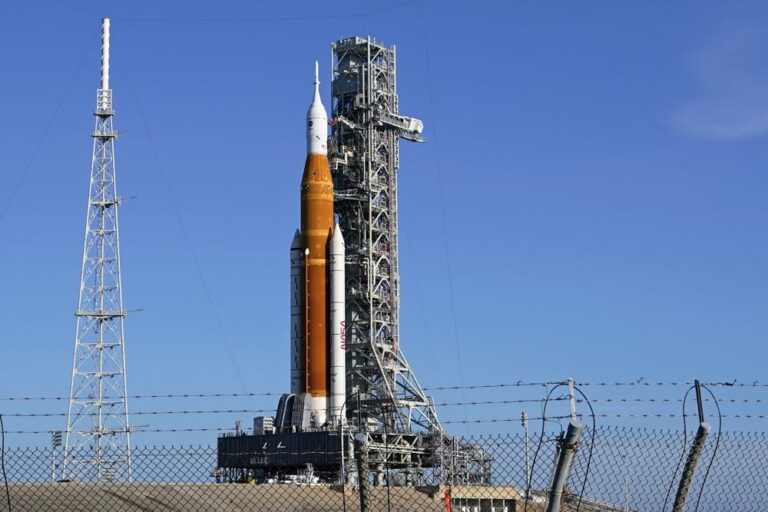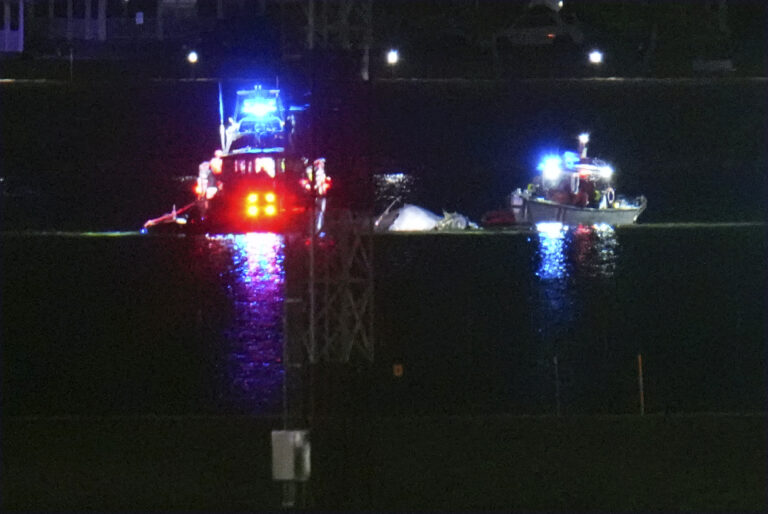NASA is replacing leaky seals in its moon rocket at the pad in hopes of launching it on its first test flight by the end of this month.
Managers said Thursday they will conduct another test after the repairs to ensure all hydrogen fuel leaks are plugged. If that test goes well — and if the Space Force extends a flight safety waiver — then NASA could take another stab at launching the 322-foot rocket in late September. Otherwise, the rocket will return to the hangar for additional work, delaying liftoff until at least October.
A series of hydrogen fuel leaks and other problems halted back-to-back launch attempts last week.
The Space Launch System rocket — the most powerful ever built by NASA — holds a crew capsule with three test dummies. The space agency wants to send the capsule into lunar orbit on a trial run, before putting astronauts on the next flight, in 2024. That around-the-moon mission would pave the way for the first human moon landing in 50 years, currently scheduled for 2025.
“We need to get the tanking test done and then we’ll have to look at what is the realism and schedule” to make a launch attempt as early as Sept. 23, said Jim Free, who’s in charge of NASA’s exploration systems development.
To launch in late September, NASA needs the OK from the Space Force in Cape Canaveral, which oversees the rocket’s self-destruct system. Batteries are needed to activate the system if the rocket veers off course toward populated areas. These batteries must be retested periodically, and that can only be done in the hangar. The military would have to extend the certification of those batteries by an extra two weeks or more to avoid moving the rocket back to the hangar.
But every time the rocket moves between the hangar and launch pad adds “routine wear and tear, and I don’t want to do that” unless necessary, said chief engineer John Blevins. There already have been three trips to the pad this year for practice countdowns and, most recently, the thwarted launch attempts of Aug. 29 and Saturday.
Engineers are hopeful that replacing a pair of seals in the hydrogen fuel lines at the bottom of the rocket will take care of any lingering leaks.
As an extra precaution, the launch team plans “a kindler and gentler approach to tanking” during the final phase of the countdown, slowing the flow of fuel at times to reduce stress on the seals, according to Mike Bolger, a program manager.
“We’re optimistic that we can knock this problem flat,” he told reporters.
Running years late and billions over budget, NASA’s new lunar exploration program is named Artemis after Apollo’s twin sister in Greek mythology. Twelve astronauts walked on the moon back in the late 1960s and early 1970s during NASA’s Apollo program.
(AP)












One Response
Getting #Diversity into space is very important to the …. leaders of NASA. For some reason.